Introduction
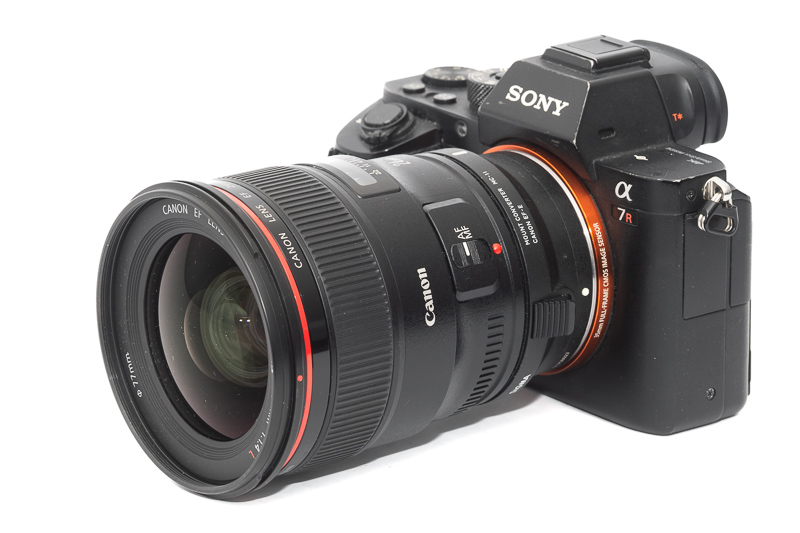
While Nikon is somewhat famous for their 28mm 1.4 lenses, when it comes to 24mm lenses as fast as f/1.4, Canon beat them by several decades, as they released their first Canon FD 24mm 1.4 S.C.C. Aspherical in 1975. Canon also kept the fans of the 24mm 1.4 lenses happy with regular updates: a New FD lens in 1979, the original Canon EF 24mm 1.4L USM in 1997 and then this updated Canon EF 24mm 1.4L II USM in 2008. Let’s see in this review how it compares to the Nikon AF-S 24mm 1.4G (released in 2010) and to today’s mirrorless designs like the Sony FE 24mm 1.4 GM.
Sample Images







You can find many of the sample images in higher resolution here.
Contents
Specifications / Version History
There have been two different Canon 24mm 1.4 lenses during the EF era:
- Canon EF 24mm 1.4L USM
550g, 11/9 design, 1 aspherical (hand ground) + 1 UD element, 7 aperture blades, 1997-2007 - Canon EF 24mm 1.4L II USM
649g, 13/10 design, 2 aspherical (glass mold) + 2 UD elements, 8 aperture blades, 2008-?
This is a review of the later Canon EF 24mm 1.4L II USM. It has the following specifications:
-
- Diameter: 84 mm
- Field of view: 84° (diagonally)
- Length: 87 mm
- Weight: 649g (without hood[39g], without caps)
- Filter Diameter: 77 mm
- Number of Aperture Blades: 8 (rounded)
- Elements/Groups: 13/10
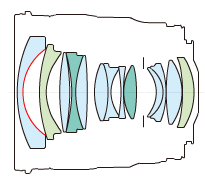
- Close Focusing Distance: 0.25 m
- Maximum Magnification: 1:5.6 (measured)
- Mount: Canon EF
buy from Amazon.com | Amazon.de | ebay.com | ebay.de | B&H (affiliate links) for $1.549 (new) or $500+ (used)
Disclosure
This Canon EF 24mm 1.4L II USM was kindly provided free of charge by one of our readers for reviewing purposes, thanks a lot!
Handling/Build quality
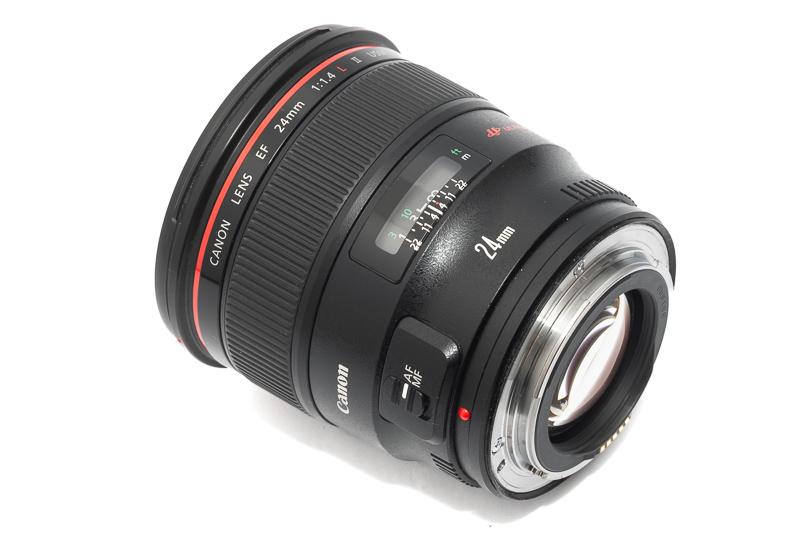
This Canon E 24mm 1.4L II USM features the typical Canon L build quality, same as e.g. the Canon EF 50mm 1.2 L USM or the Canon EF 135mm 2.0 L USM. The lens seems to be made from a mix of high quality polycarbonate and metal. The few markings seem to be only printed on though.
The focus ring is mechanically connected to the helicoid (no focus by wire) and it takes ~140° rotation from infinity to the minimum focus distance (0.25 m) – just like the Canon EF 50mm 1.2 L USM. This is an internally focusing lens with floating elements.
On the side of the lens is a small AF/MF-switch.
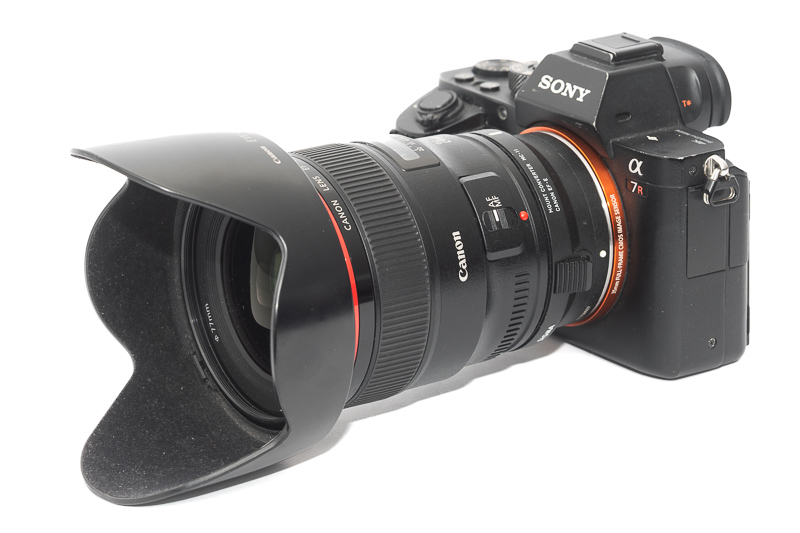
There is an official bayonet-style hood (EW-83K) available for this lens and it even has felt on the inside. From what I know it was included with the lens, which isn’t the case for all of Canon’s lenses. It makes an already big lens even bigger though.

The size is very typical for a fast wide angle prime from the DSLR era. While mirrorless designs are similarly sized, they are at an advantage, as they do not need a bulky adapter to be used on a mirrorless camera.
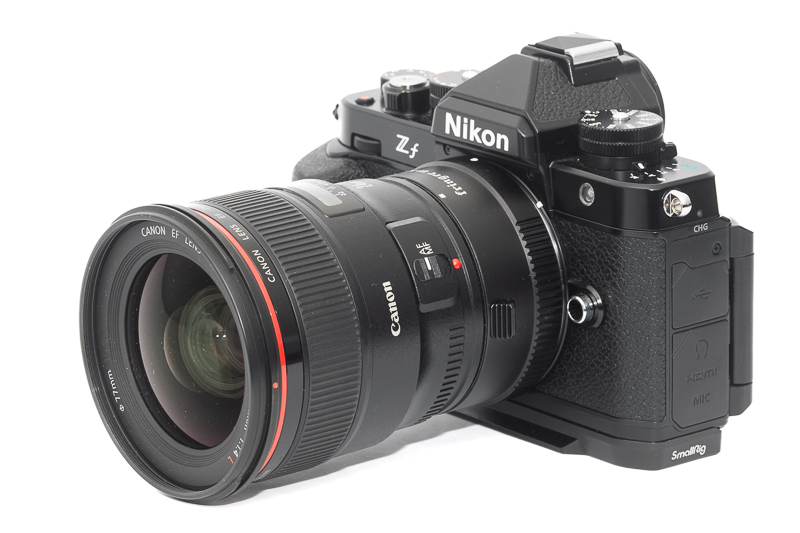
I tried the lens with the Sigma MC-11 as well as the metabones MK IV and it worked well with both of them. I also tried it with the Fringer EF NZ II adapter on a Nikon Zf which worked just as well.
Vignetting
light falloff
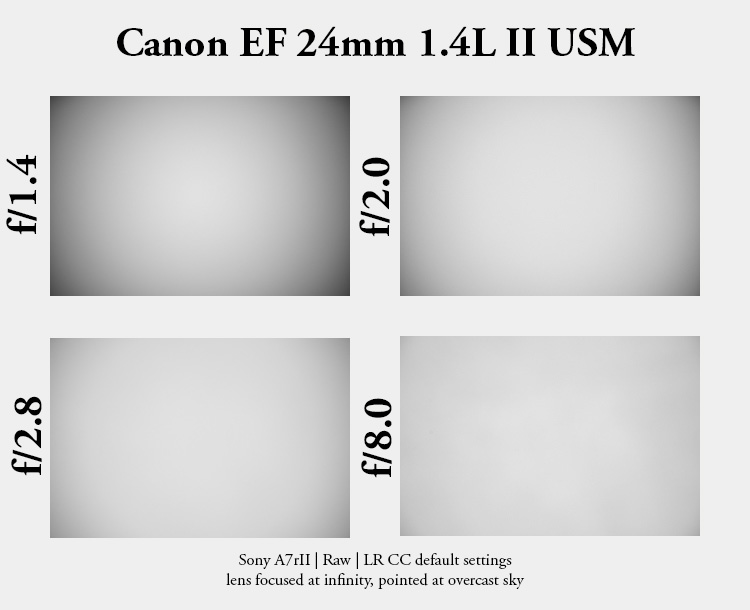
| f/1.4 | 3.4 |
| f/2.0 | 2.5 |
| f/2.8 | 1.7 |
| f/4.0 | 1.4 |
| f/5.6 | 1.1 |
| f/8.0 | 1.0 |
| f/11 | 0.9 |
High vignetting figures are not untypical for lenses with these parameters, at its maximum aperture this Canon 24mm 1.4L II shows even about half a stop higher vignetting than its competitors (Nikon AF-S 24mm 1.4G, Sony FE 24mm 1.4 GM) though.
Stopped down it matches the vignetting figures of the Nikon AF-S 24mm 1.4G. The (D)SLR designs actually have an advantage here, whereas the mirrorless designs like the Sony FE 24mm 1.4 GM show about 1 EV stronger vignetting stopped down to f/8.0 or f/11 – a price to be paid for the smaller dimensions.
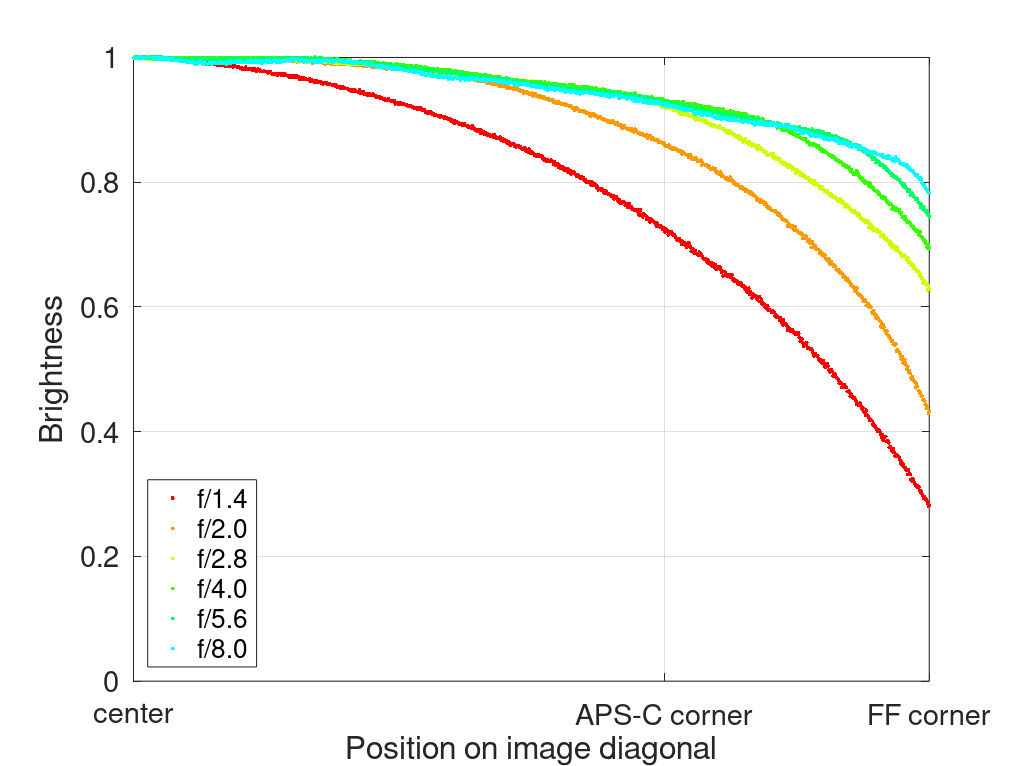
It is recommended to have a look at this article first to get an idea how this brightness graph works.
optical vignetting
Fast lenses usually show a noticeable amount of optical vignetting. Without going too much into technical details optical vignetting leads to the truncation of light circles towards the borders of the frame.
In the center of the frame almost every lens will render a perfect circle, but only lenses with very low optical vignetting will keep this shape in the corners.
So in the following comparison we move from the center (left) to the extreme corner (right) and see how the shape of the light circle changes.
All lenses where shot at 0.3 m focus distance, but not side-by-side, so the size of the circles is not directly comparable.
Optical vignetting is generally well behaved and all the 24mm 1.4 lenses I reviewed so far perform very similar, the main difference being that the Sony creates the roundest highlights when stopped down to f/2.0, thanks to its 11 aperture blades versus 9 of the Nikon and 8 of this Canon lens.
All these lenses make use of aspherical elements and can therefore show onion ring structures in out of focus highlights, the Sony is by far the best in that regard and this Canon actually the worst of the three.
Sharpness
MTF-Graphs
Thanks to Lensrentals.com we have measured MTF graphs of this Canon EF 24mm 1.4L II USM (DSLR, 2008), the Nikon AF-S 24mm 1.4 G (DSLR, 2010) as well as the Sony FE 24mm 1.4 GM (mirrorless, 2018) and I thought it might be a good idea to compare these here.
Compared to the Nikon AF-S 24mm 1.4G this Canon EF 24mm 1.4L II USM shows a slightly better performance with a little less Astigmatism. Those differences are not huge and it is surely debatable if they are actually field relevant.
If we compare their performance to a more recent mirrorless design they don’t stand a chance though. The Sony lens easily beats them everywhere in the frame with a very even performance and an almost complete absence of Astigmatism.
Once more we see that the shift to mirrorless allowed to design smaller lenses that are more capable than the bigger ones from just a few years before.
Focus Shift
With some lenses on stopping down the focal plane shifts to the front or back, which can be an issue on (D)SLRs, as here the focus is usually obtained with the lens set to its maximum aperture.
While the Nikon AF-S 24mm 1.4G was one of those lenses, I do not see any field relevant focus shift from this Canon EF 24mm 1.4L II here.
infinity (42mp Sony A7rII)
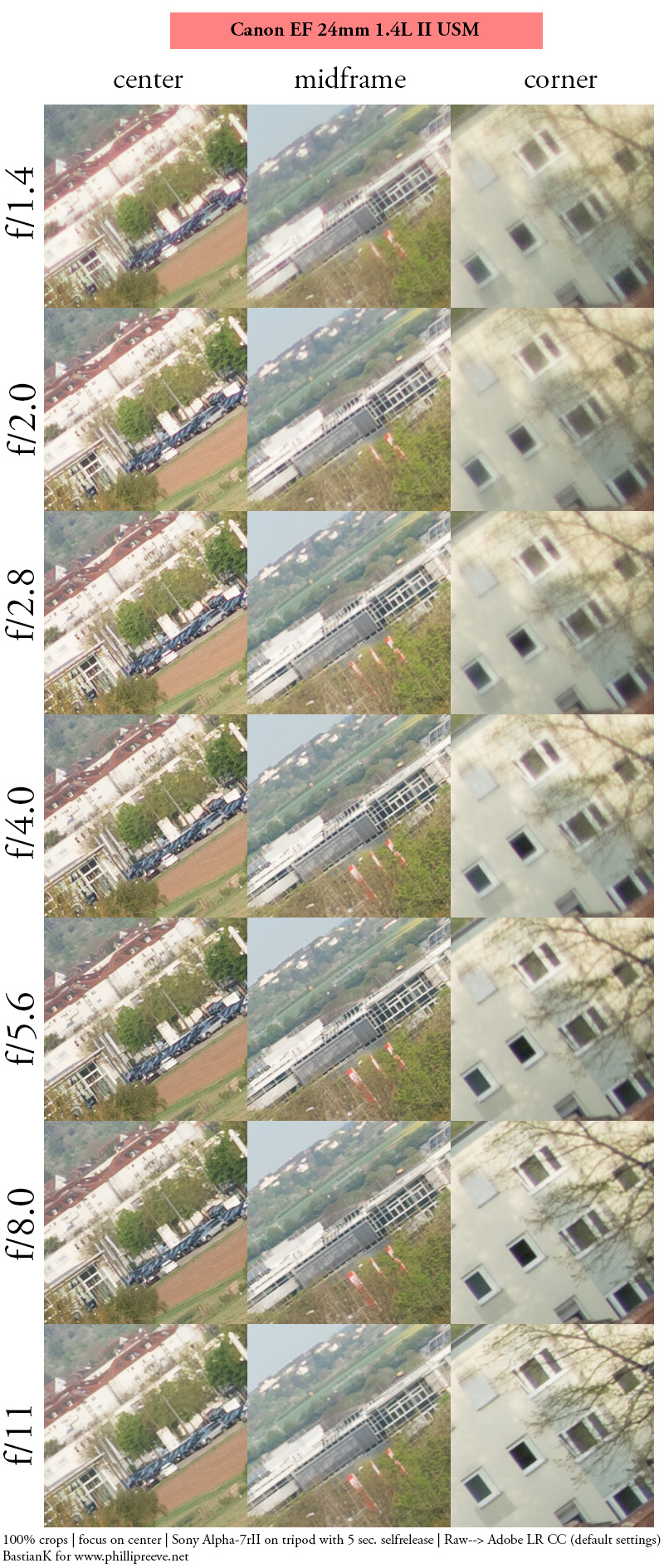
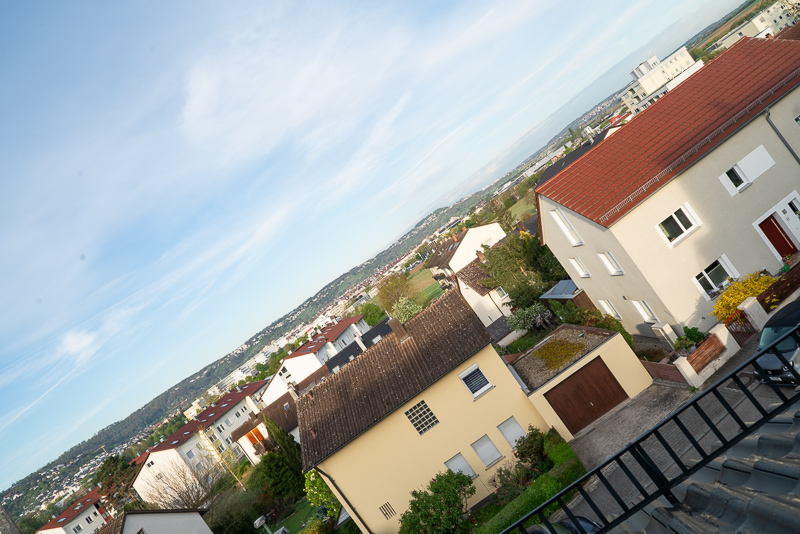
The center is a bit softer at f/1.4 but already looks good from f/2.0 and also the midframe benefits from stopping down one or better two stops. The corners at wider apertures are nothing to write home about. Peak across frame performance is reached at around f/5.6 to f/8.0, which is a bit worse than what I have seem from the Nikon AF-S 24mm 1.4G.
The Sony FE 24mm 1.4 GM easily outperforms it and looks about as good at f/1.4 as this Canon lens at any aperture and also the compact Samyang AF 24mm 1.8 FE performs on a similar level between f/1.8 and f/8.0.
portrait distance (0.9 m, 42mp Sony A7rII)
For portraiture it isn’t so important how flat the field is, it is more interesting to see what the sharpness is like when focused at different parts of the frame to take field curvature out of the equation.
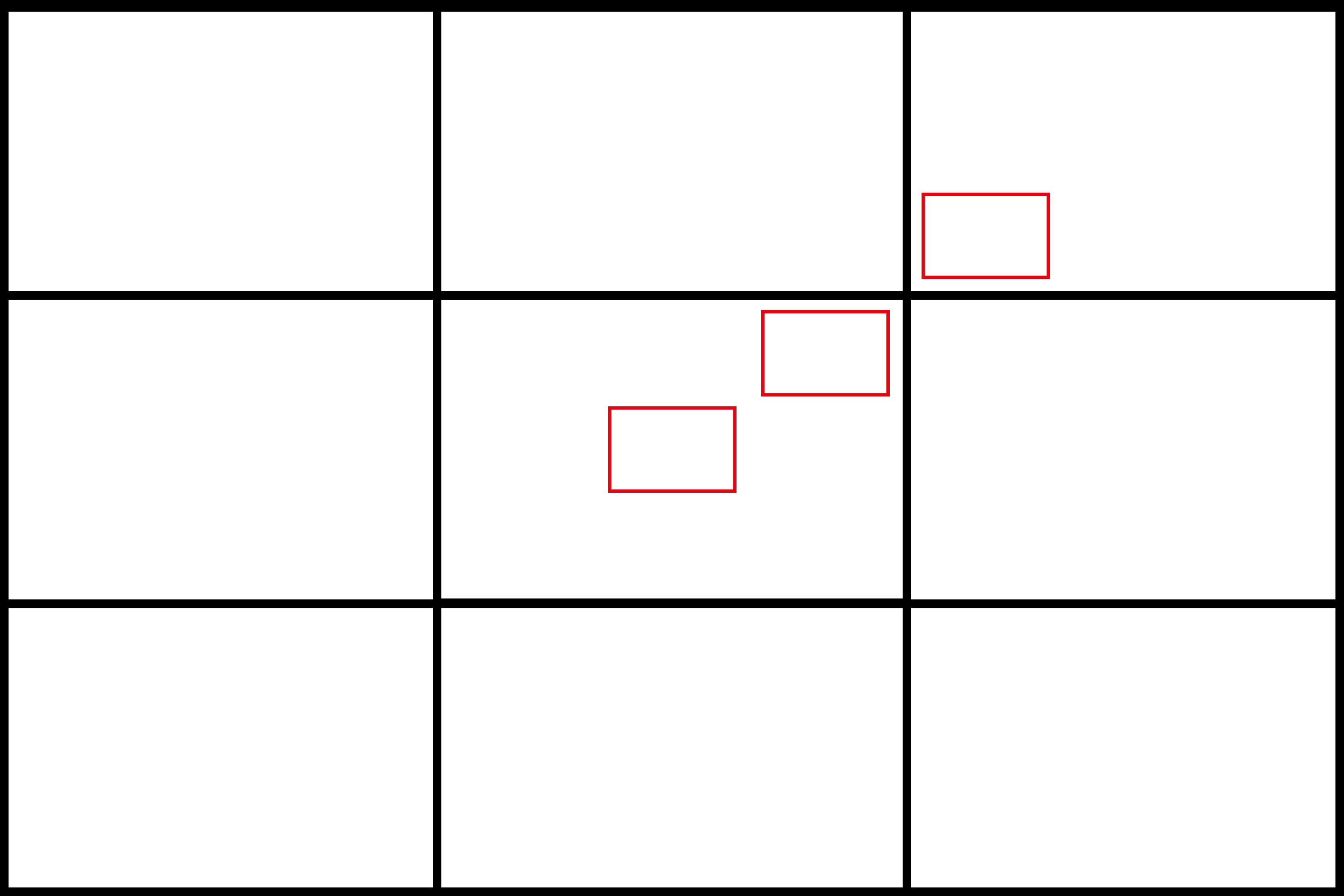
This is what I did here, I refocused for every shot and aperture to get the best possible result at different locations in the frame (center, inner midframe and outer midframe).
Focus distance was roughly 0.9 m and the circle of the dollar bill is more or less the size of a human eye.
f/1.4 <————> f/2.0
At portrait distances I found the Nikon AF-S 24mm 1.4G to be a strong performer and indeed this Canon is a bit softer at f/1.4, not a big difference though. For a lens from 2008 this is still a good performance.
close (0.25 m, 1:5.2, 42mp Sony A7rII)
Nikon is actually quite famous for their CRC (close range correction, another term for floating elements) design, but comparing this Canon 24mm 1.4L II USM and the Nikon AF-S 24mm 1.4G, the Canon clearly looks better as it is noticeably less soft at f/1.4 and still so at f/2.0.
Unsurprisingly also here a modern lens like the Sony FE 24mm 1.4 GM shows a better performance.
Flare resistance
As always evaluating flare is a complex matter since you can get any lens to look bad if you push it hard enough and a slight change of scenario can affect results a lot.
At the maximum aperture I was positively surprised at first, as I didn’t see a lot of obtrusive ghosts – a problem with the Nikon AF-S 24mm 1.4G. With the sun outside the frame some rather big and annoying ring flares can appear though.
Stopped down we can create massive ring flares with a strong point light source in the center of the frame and now not only ghosting but also some kind of internal reflections appear.
Compared to the Nikon AF-S 24mm 1.4G the Canon shows different kind of artefacts in different situations, I don’t really see one being better than the other.
The Sony FE 24mm 1.4 GM also has some issues in this category, the better performers are the Samyang AF 24mm 1.8 FE and the Nikon AF-S 28mm 1.4E.
Coma
For (D)SLRs there hasn’t been a single 24mm 1.4 lens that is actually well corrected for Coma at wider apertures. The manual focus Samyang 24mm 1.4 is probably the best, followed by the Sigma 24mm 1.4 and behind that you can find the Nikon AF-S 24mm 1.4G and the two Canons.
I didn’t know how this Canon 24mm 1.4L II USM and the Nikon AF-S 24mm 1.4G compare until now, but as we can see this Canon is actually about one stop worse than the Nikon at wider apertures.
Distortion
The Canon EF 24mm 1.4L II USM shows a low amount of slightly wavy distortion. A correction profile in Lightroom is available, but it doesn’t fix it perfectly.
Bokeh

Traditionally fast wide angle lenses were not exactly known for their pleasing rendering of out-of-focus areas. The Nikon AF-S 24mm 1.4G from 2010 has been praised by many owners and reviewers for its pleasing bokeh though and I have always been wondering, how this Canon lens would compare. Let’s have a closer look.
Close distance



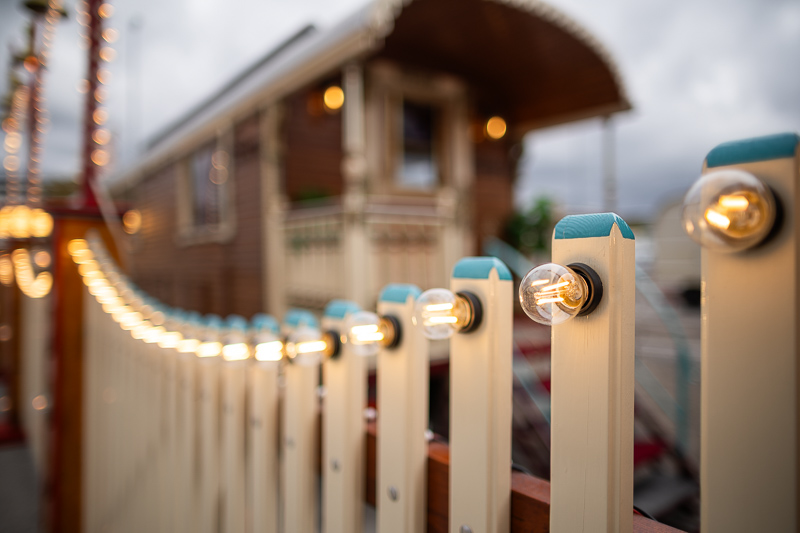

The short minimum focus distance of 0.25 m of course helps creating a thin DoF here. While contrast and resolution are high at these distances, with complex backgrounds like in the two samples directly above I don’t exactly like its bokeh rendering.
Towards the corners, points of light take on very weird shapes, we see a lot of outlining and also the transition zone looks a bit messy.
Mid distance



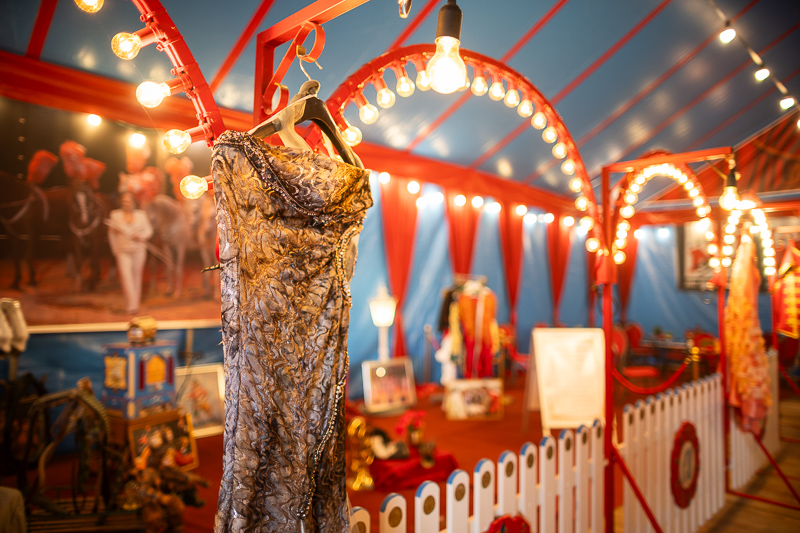
At mid distances the situation is similar. The bokeh can look really nice when there are no structured elements close to the edges like in the first sample above, or distracting like in the third sample.
Long distance
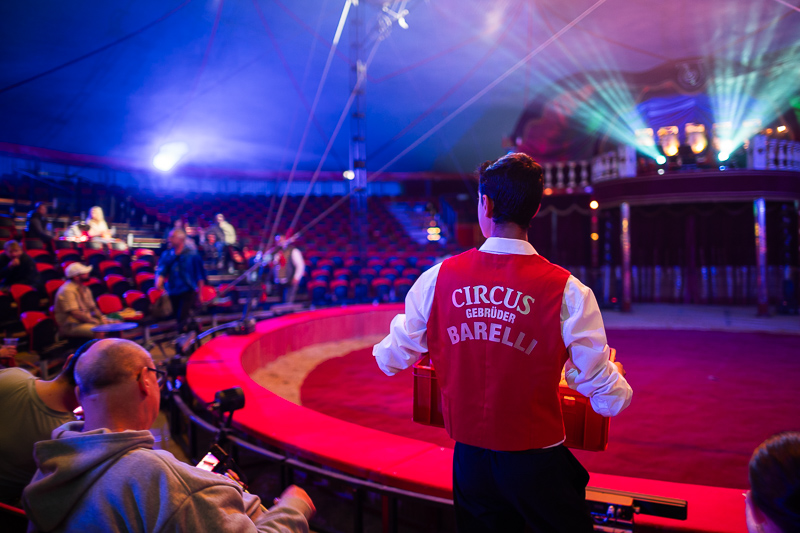


At longer focus distances a wide angle lens will simply not yield as much bokeh as a longer lens with the same maximum aperture, but this is actually the strength of fast wide angle lenses: creating an impression of depth while still retaining enough background information to tell a story about the subject. This is why a fast wide angle lens is what you will find attached to my camera most of the time. For further reference see: How to: Create Environmental Portraits.
When it comes to the bokeh rendering I prefer the results from the Nikon AF-S 24mm 1.4G and also the Sony FE 24mm 1.4 GM, as both create smoother and more appealing backgrounds to my eyes.
Sunstars
While Nikon lenses from the DSLR era usually feature 9 or 7 aperture blades, many of Canon’s lenses feature 8 blades and that makes a big difference here, as between f/8.0 and f/22 this Canon EF 24mm 1.4L II USM produces distinct and well defined sunstars, something you won’t be seeing from Nikon’s lenses.
If you want to learn more about this topic have a look at this article.
Chromatic aberration
lateral
Lateral CA are on a rather high level, but luckily the digital correction in post is doing a good job at getting rid of this aberration. The same was already the case for the Nikon AF-S 24mm 1.4G. Today’s lenses hardly perform better here, but often feature built-in correction profiles so you may think they look better.
longitudinal
I already knew that Nikon’s f/1.4 lenses from that era didn’t show a very impressive performance in this category, so I was wondering what to expect from this Canon lens.
Long story short: this Canon lens looks just as bad with strong green and magenta outlining at wider apertures.
When it comes to purple fringing the situation is just as bad. Stopping down to f/2.8 is not enough to get rid of this aberration.
Conclusion
good
|
average
|
not good
|
As I have been using the Nikon AF-S 24mm 1.4G for years, I always wondered how Canon’s EF 24mm 1.4L II USM compares. After all, this was already Canon’s fourth 24mm lens with a maximum aperture of f/1.4.
Generally, these two lenses perform very similar. Depending on what you are looking for, you may still prefer one or the other. If you care about nice sunstars and good sharpness at close distances you may prefer this Canon, if you care more about nice bokeh and a little less vignetting you may prefer the Nikon lens.
For a lens with these parameters there is a big advantage when designing it for a mirrorless camera, so the latest fast 24mm lenses are more capable while being smaller. So if you are using a mirrorless camera, buying this lens only really makes sense if you are on a budget and you really need that f/1.4 maximum aperture though.
buy from Amazon.com | Amazon.de | ebay.com | ebay.de | B&H (affiliate links) for $1.549 (new) or $500+ (used)
Alternatives
Nikon AF-S 24mm 1.4G:
I already compared these two lenses in all of the sections above. Generally they perform similar. The Canon has higher vignetting at wider apertures, even worse Coma and I personally prefer the Nikon’s bokeh rendering. This Canon lens is sharper at close distances and features nicer sunstars.
buy from Amazon.com | Amazon.de | B&H | ebay.com | ebay.de (affiliate links) for $1.999 (new) or $550+ (used)
Sony FE 24mm 1.4 GM:
In 2025 this is still the gold standard when it comes to 24mm 1.4 lenses. Not only is it the smallest lens with these parameters, it is also the best performing in terms of Coma correction and sharpness. It is a true mirrorless design, so the only camera systems you can use it on are Sony E or Nikon Z via adapter. The only category where the old DSLR lenses perform better is stopped down vignetting.
buy from amazon.com | amazon.de | B&H | ebay.com | ebay.de (affiliate links) for $1298
Sigma 24mm 1.4 Art DG HSM:
This Sigma has also been designed for DSLRs and comes in F and EF mount as well, so it is a direct competitor. It came out after Nikon’s and Canon’s 24mm 1.4 lenses and according to several tests it performs better with regards to sharpness. It has slower AF and doesn’t do any better when it comes to Coma correction, vignetting and flare resistance though. Without a direct comparison I don’t know for sure which one of these three lenses creates the nicest bokeh, but my money is on the Nikon.
buy from Amazon.com | Amazon.de | B&H | ebay.com | ebay.de (affiliate links) for $849 (new) or $400 (used)
Sigma 24mm 1.4 Art DG DN:
Sigma’s updated mirrorless version of the aforementioned lens. I haven’t used it personally yet, but it seems to be a solid performer. Personally I would rather go for the smaller, lighter and closer focusing Sony FE 24mm 1.4 GM though.
buy from Amazon.com | Amazon.de | B&H | ebay.com | ebay.de (affiliate links) for $799
Samyang AF 24mm 1.8 FE:
I was positively surprised by this Samyang lens. If you are okay with a maximum aperture of f/1.8 instead of f/1.4 and/or you are on a budget this is a great option. It is also smaller and noticeably ligther than all the f/1.4 lenses mentioned before. Sadly sample variation is once more an issue, so better stick to offers where you can test the lens or return it if you are not happy with it.
buy from Amazon.com | Amazon.de | B&H | ebay.com (affiliate links) for $399
Nikon Z 24mm 1.8 S:
If you are a Z-mount user this is your native high performance 24mm 1.8 option. Just have a look at Martin’s review to find out more about it. Like all of Nikon’s f/1.8 S series lenses this is a bit on the pricey side though.
buy from Amazon.com | Amazon.de | B&H | ebay.com | ebay.de (affiliate link) for $896
Viltrox 24mm 1.8 AF:
As an E-mount user I don’t find this lens particularly appealing compared to the Samyang AF 24mm 1.8 FE. This Viltrox is heavier, similarly priced and performs worse in some categories (especially bokeh). For Nikon Z-mount users this is currently the only native affordable 24mm 1.8 AF lens though.
buy from manufacturer’s store (use the code “PRnet” for 8% discount) | B&H | amazon.com | amazon.de (affiliate links) for $379
Sample Images
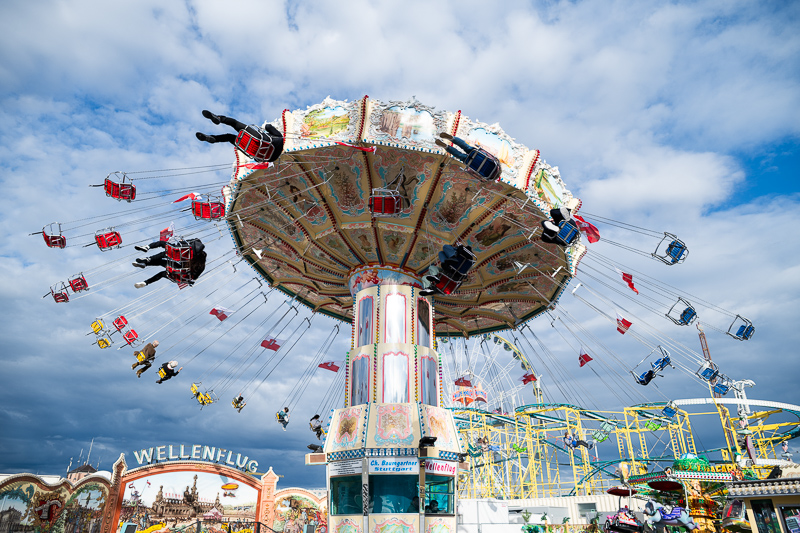







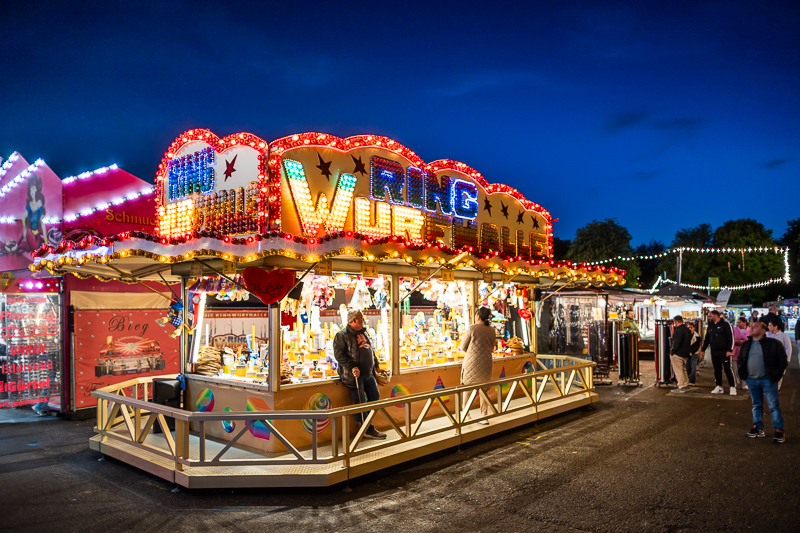



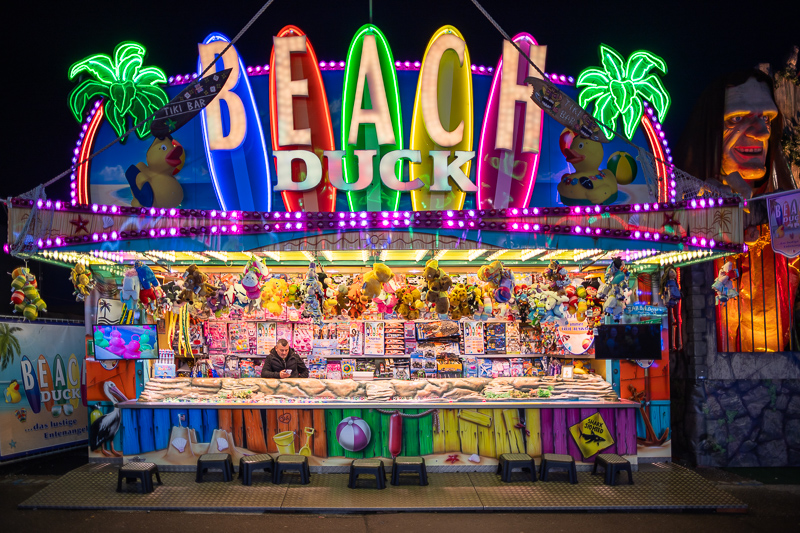
You can find many of the sample images in higher resolution here.
Further Reading
- Guide to 20-28mm wide angle lenses for Sony FE cameras
- Review; Laowa 10mm 2.8 AF
- Review: Canon EF 50mm 1.2L USM
- Review: Canon EF 85mm 1.2L II USM
- Review: Canon EF 200mm 2.0L IS USM
Support Us
Did you find this article useful or just liked reading it? Treat us to a coffee!
![]()
![]()
![]() via Paypal
via Paypal
This site contains affiliate links. If you make a purchase using any of the links marked as affiliate links, I may receive a small commission at no additional cost to you. This helps support the creation of future content.
Latest posts by BastianK (see all)
- Review: Viltrox AF 35mm 1.2 FE LAB - December 17, 2025
- Analogue Adventures – Part 47: Tübingen - December 17, 2025
- Review: Zeiss Milvus 25mm 1.4 Distagon - December 13, 2025






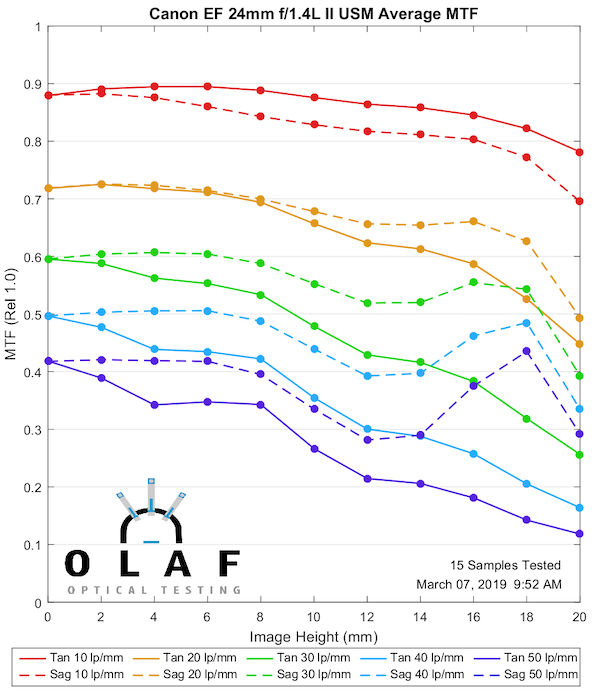
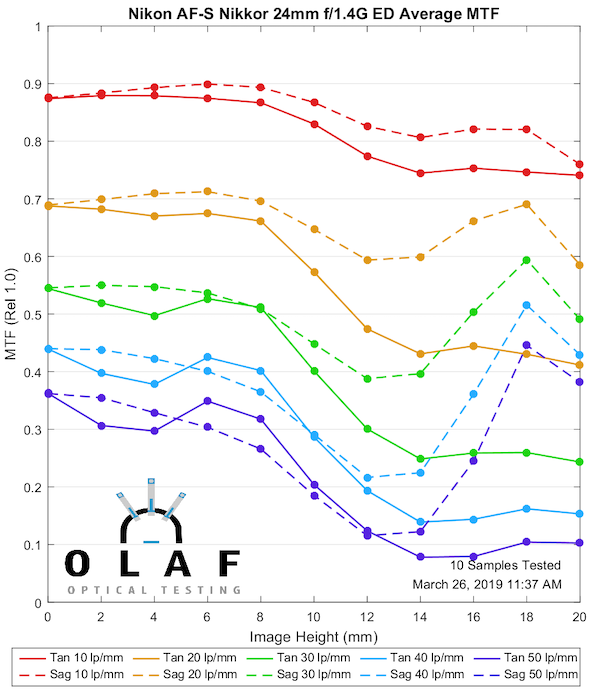
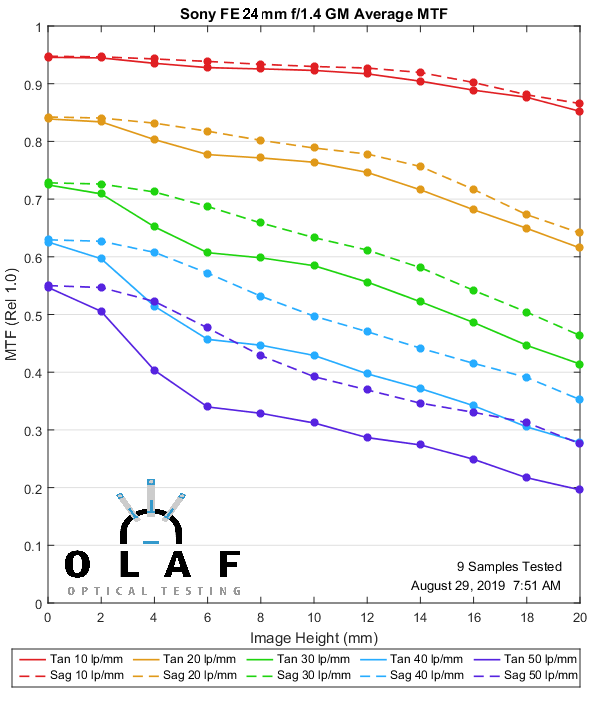
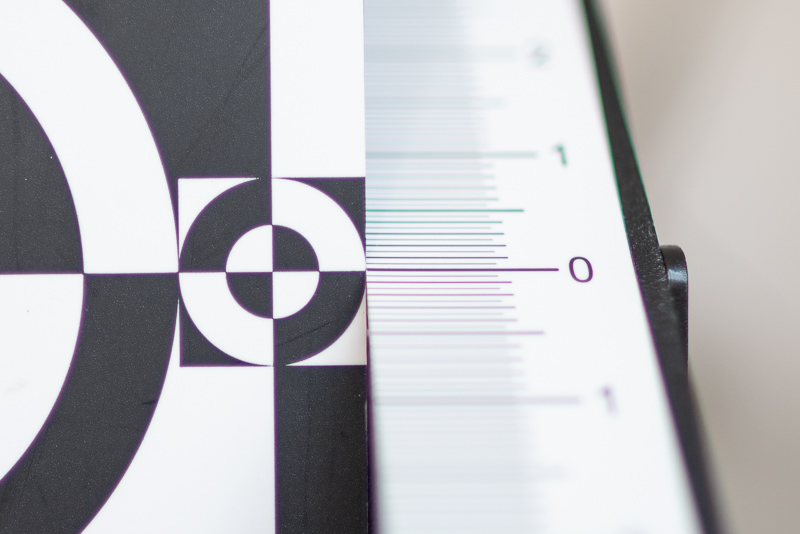

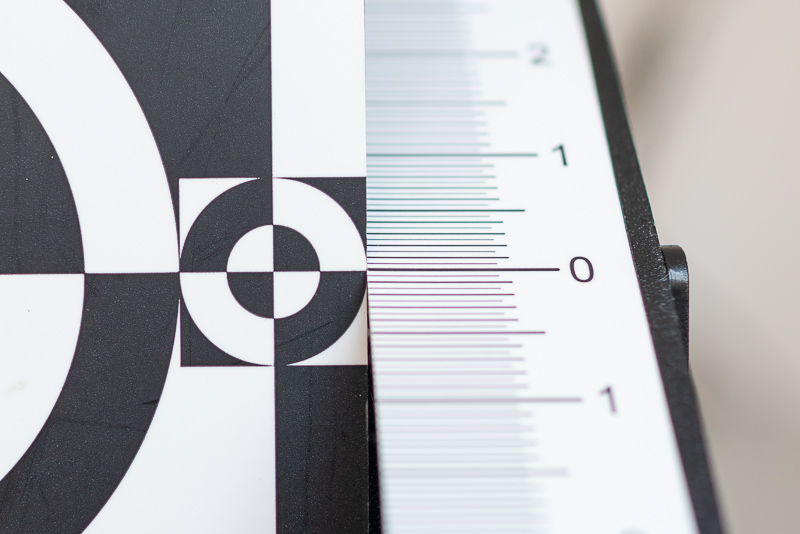







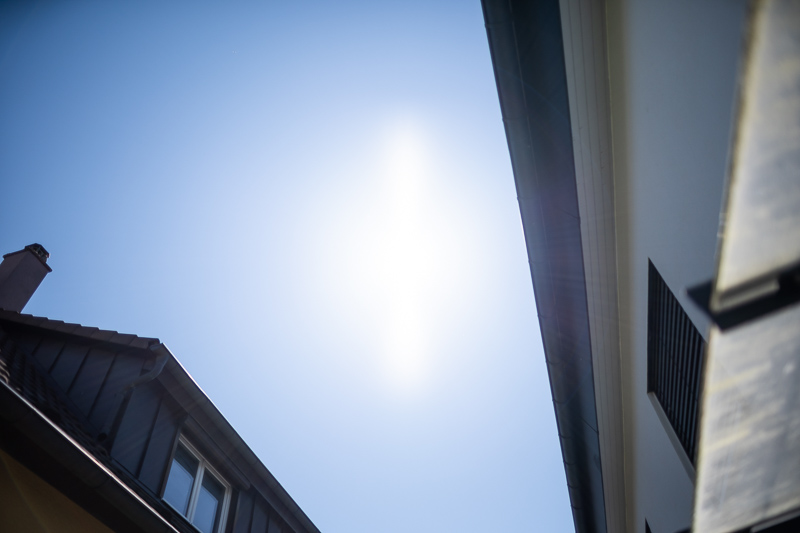
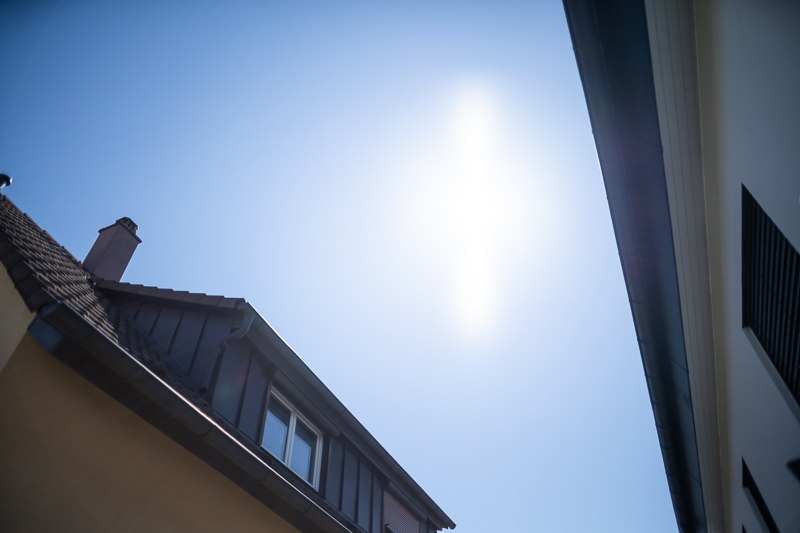



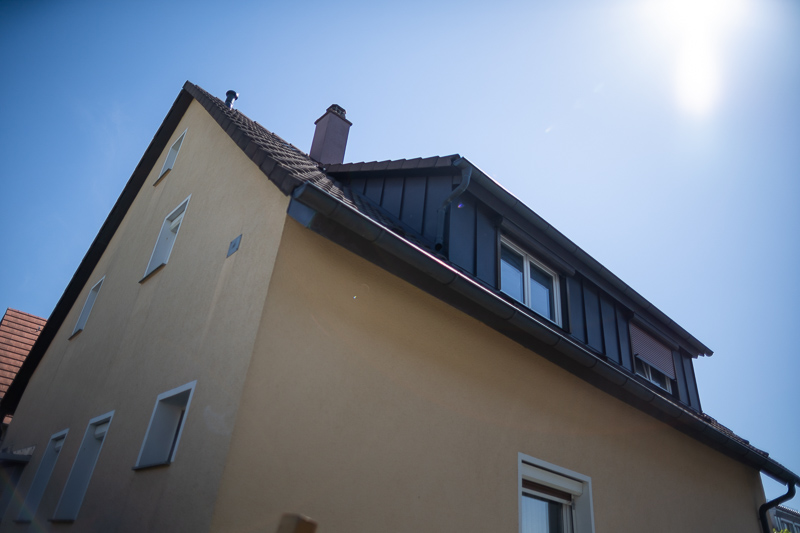




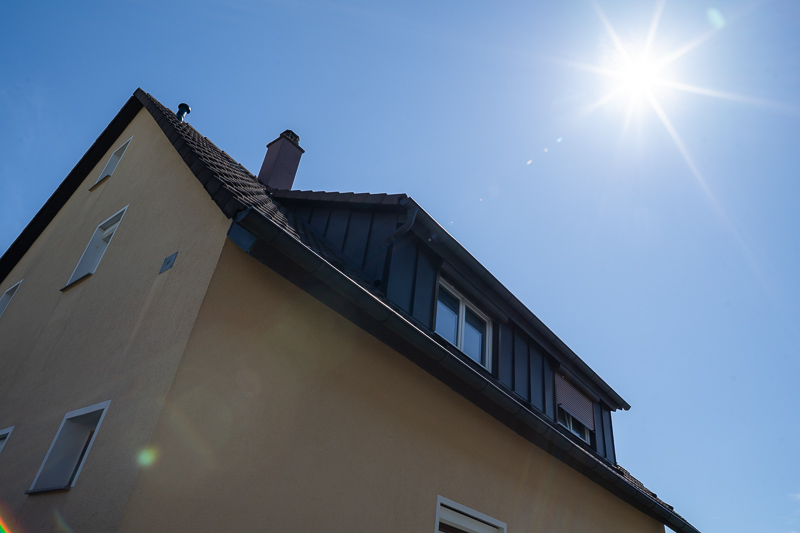

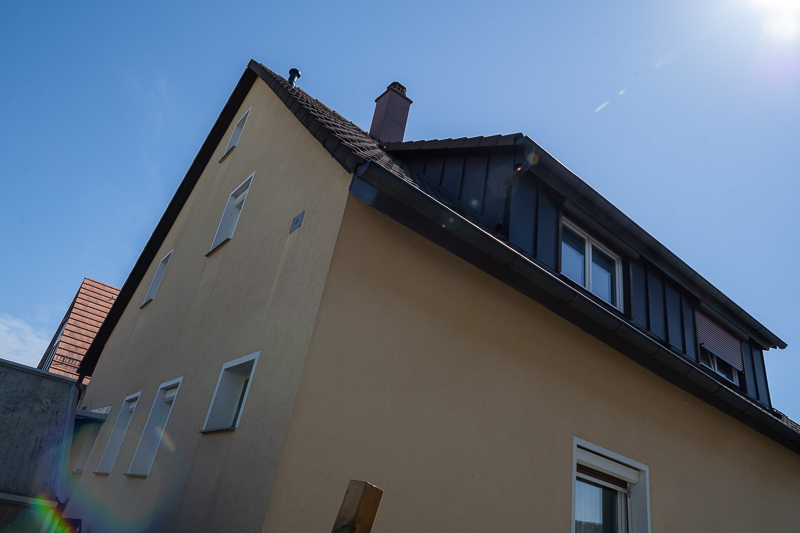
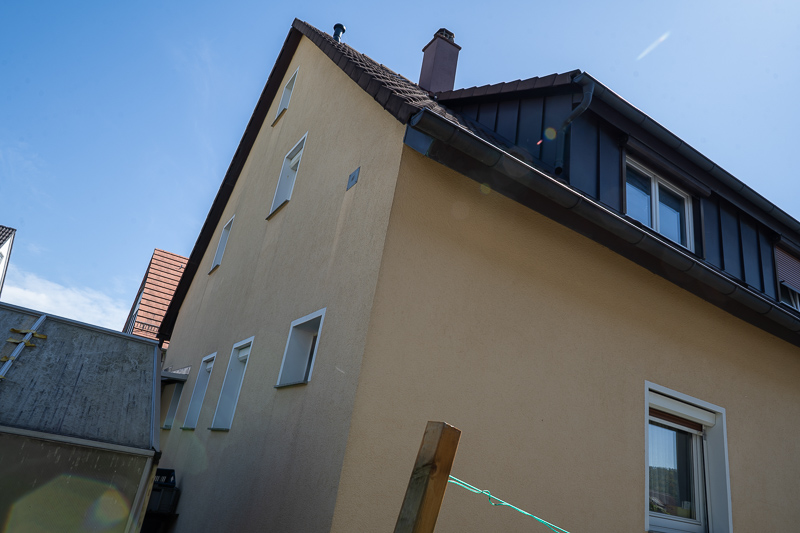



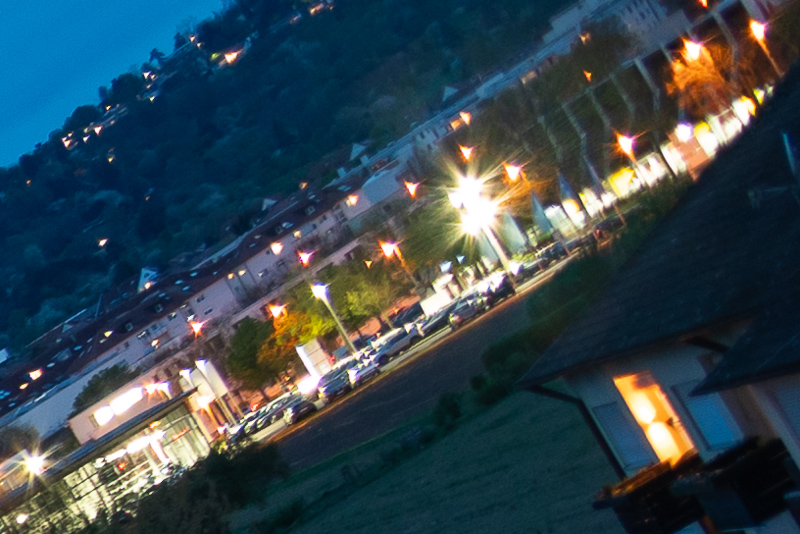

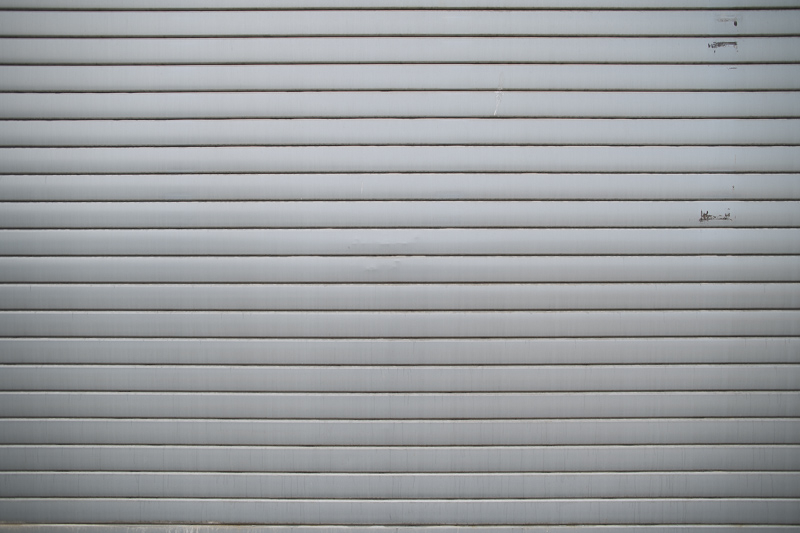

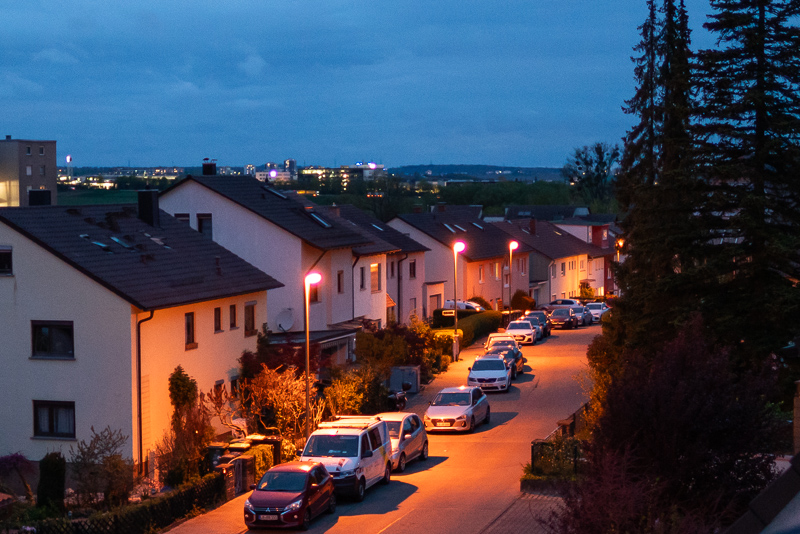
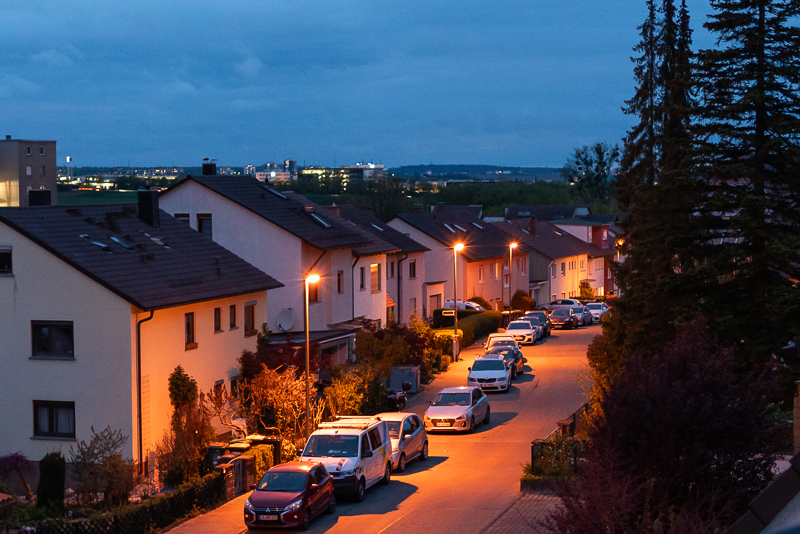

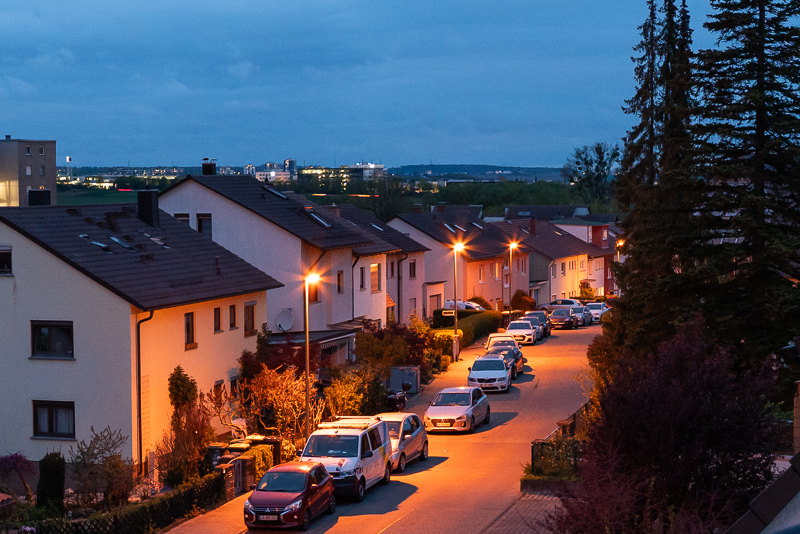

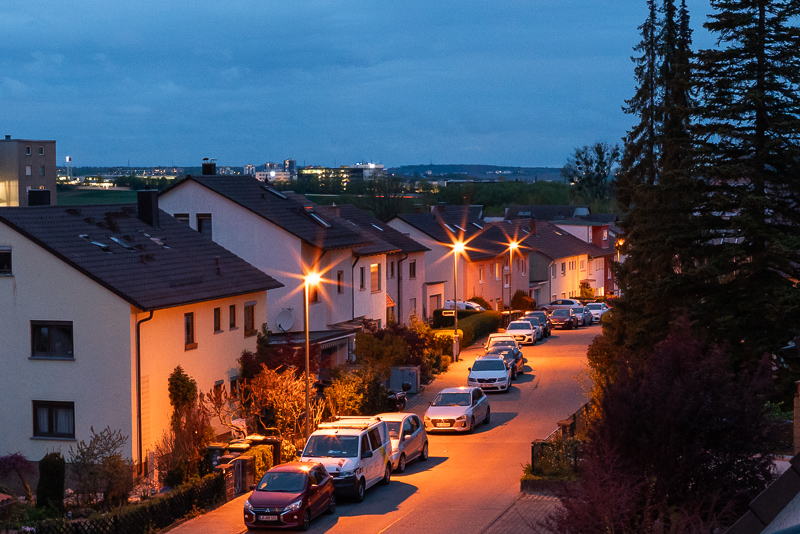
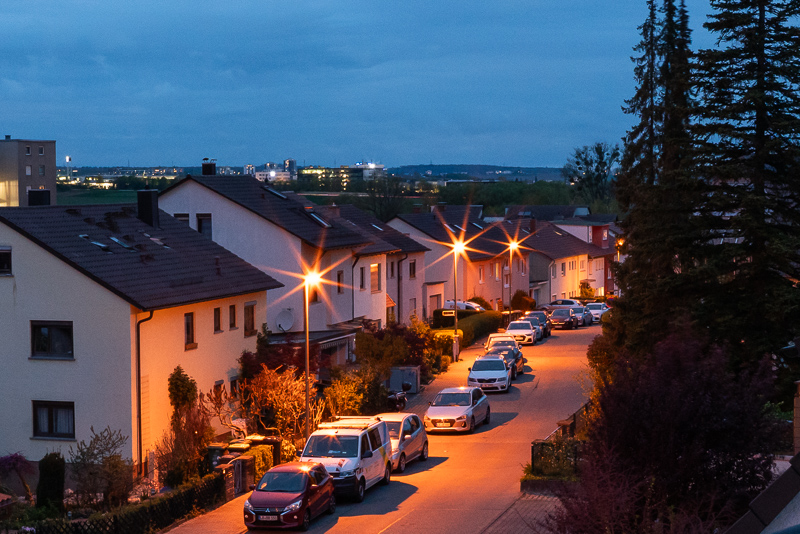
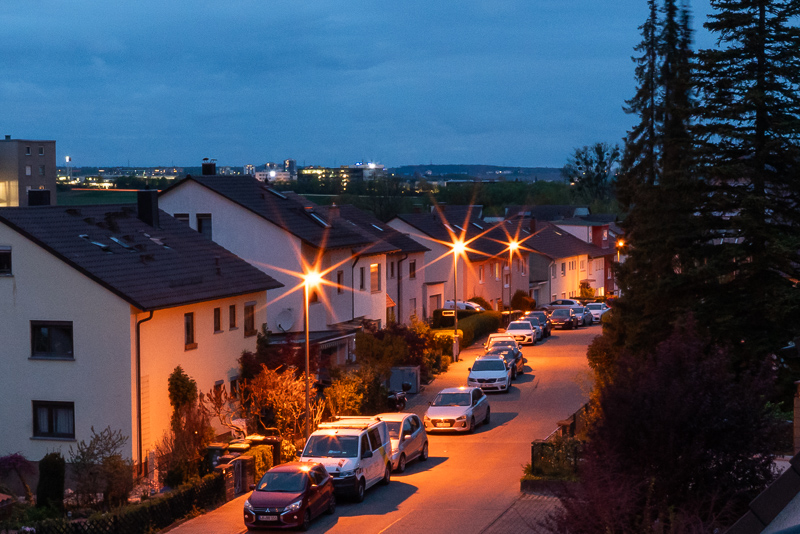
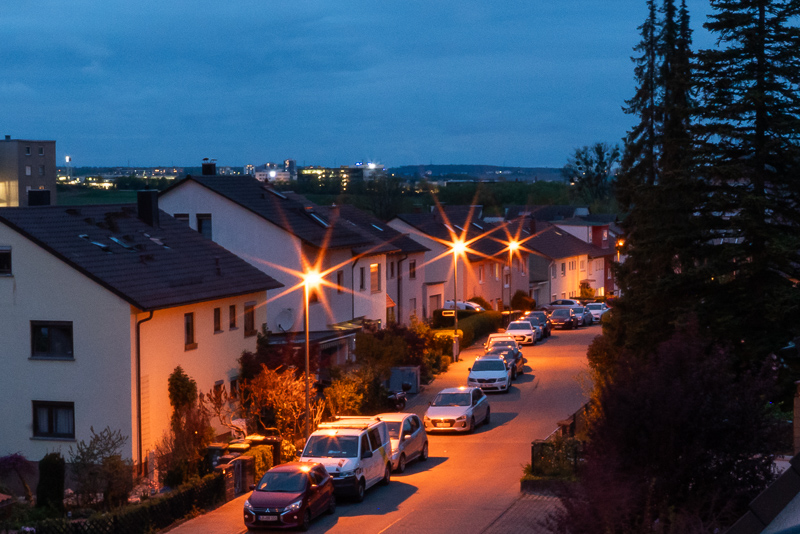

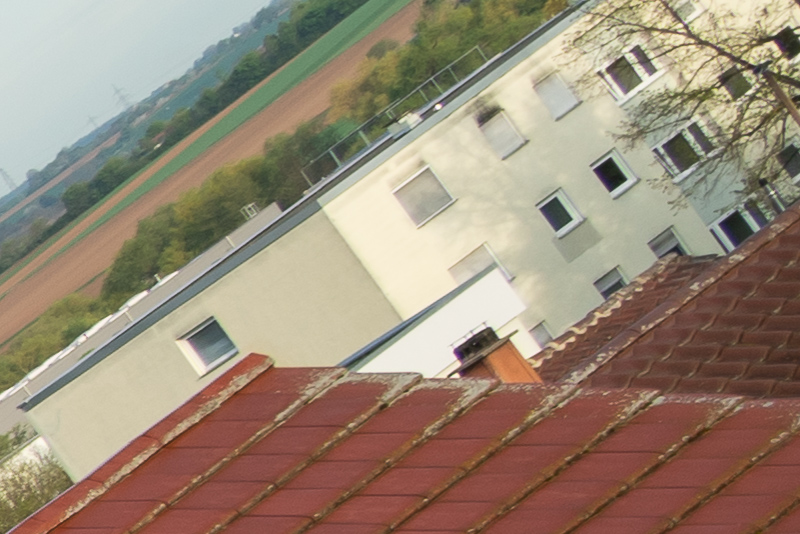

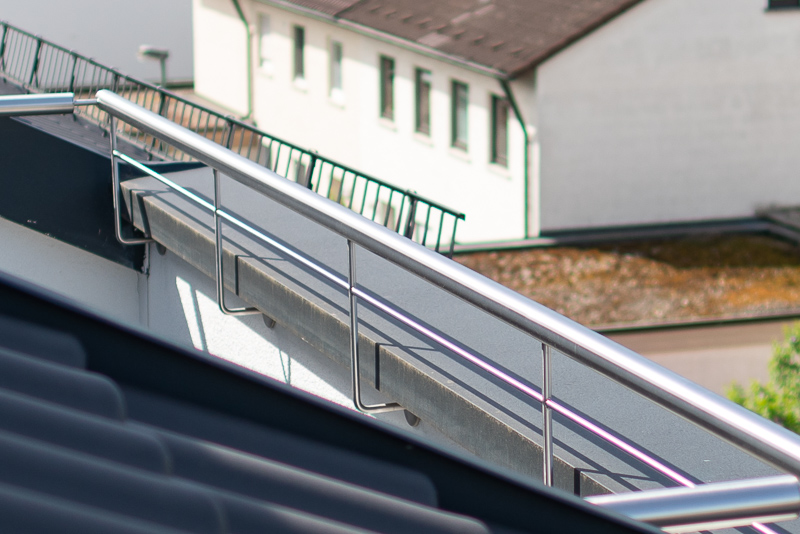


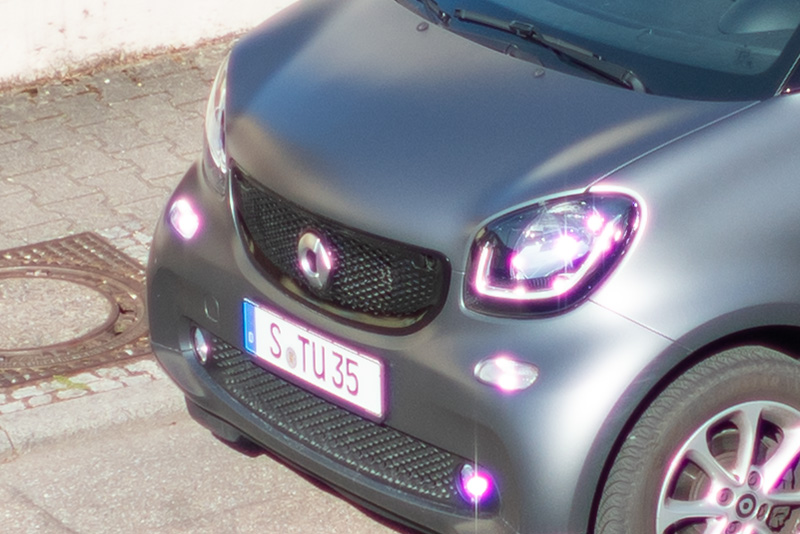
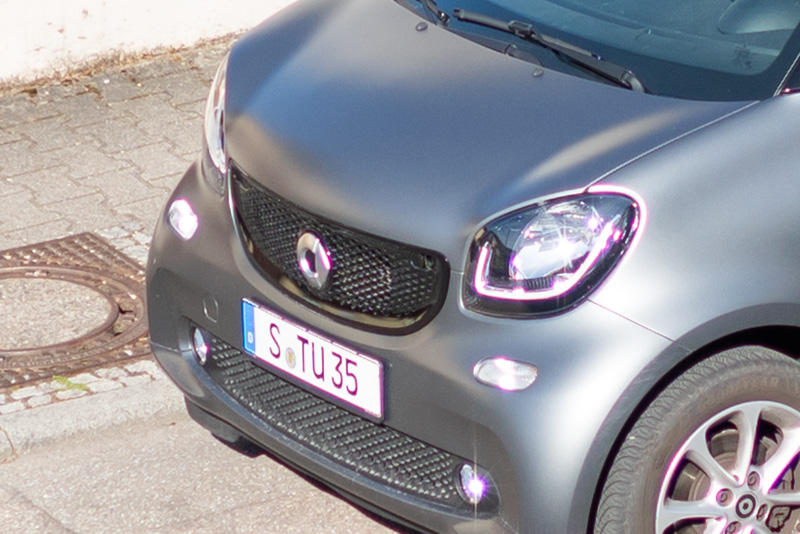
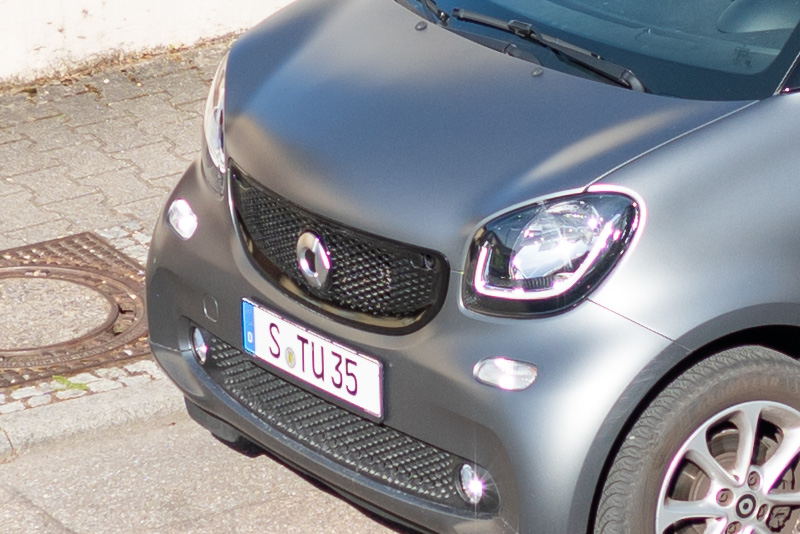
Thanks for the review! I love that you are reviewing DSLR lenses, as sometimes they still perform and render well and can be had for cheaper. However, we’ve come a long way in lens engineering as shown by how this lens performs compared to its younger peers. Any plans on reviewing some of the older DSLR Zeiss ZF lenses, like the 25/2, 28/2 or the 85/1.4?
There is some hope for those Zeiss lenses, but only if I can find a good deal on used ones.
Do you usually buy them and resell them?? I think some of those tend to be a little pricier still, Unfortunately. Many of them have some unique virtues and a sort of “look” to them and with some limitations, like field curvature. Not too different from the loxia lenses in many ways
Often that is the case, yes.
Yes, some old DSLR lens are very good! The Sony 24mm f/2 Distagon ZA T* SSM is also an incredible lens! Sometimes I use it on my Sony Aiii with the LA-EA3 adapter, which allows AF and aperture control. I’d like to use it with my Zf. Does anyone know if there’s a Sony A-mount lens adapter for the Nikon Zf? I have several, no longer in use, Sony A lenses, including the fantastic Sony Zeiss Sonnar T* 135mm f/1.8. An AF adapter for the Nikon Z would be welcome! 😉
To use A-mount lenses on a Z-mpunt camera, you’ll have to stack a Sony LAEA5 adapter and the newest Megadap E to Z adapter (with the + in the name, which eludes me now). 🙂 This combo is said to be specifically designed to work.
Love the reviews of older lenses, thanks
Thanks for the review Bastian. This lens was a workhorse in my kit for maybe 10-12 years. I went through 4 copies and the last one from about 2016 seemed to be a much better performer. I’m not sure if it was sample variation or manufacturing improvements, but the difference in coma performance was noticeable.
In general, the lens was pretty ho-hum, but it was a big improvement over the previous version. Exactly the same path as the 24mm TS-E lenses took, with the second version being a much better lens.
I have this lens and use it sporadically (on a Nikon Z9 now) for shooting nocturnal events (nighttime marathons, the Museum night etc.) It’s not flawless – when I tried it for astro a few times back in the day, I was seeing that atrocious coma so well – but for shooting events in the dark, it works decently.
I would’ve sold it and replaced it with the Sony GM but there’s no demand for it now in the used market because there’s so many of them floating around.
Hi Bastian
Thank you for the always great insights, also on this lens! Can we expect a review of another budget option in the same focal range from Martin – the 7artisans 24mm 1.8?
Thanks much
I am not sure something is planned yet, but we already have a review of the Samyang 24mm 1.8 AF which is also a very good cheaper alternative.
I haven’t touched this one since I shot Canon. It was the best thing going when I had to work limited space events, but, outside of that, I never used it. Your review, which is excellent, Bastian, reminded me why. Still, it was a big improvement over the v1 and the FD versions.
I think the Nikon AF-S 24/1.8 deserves to get mentioned as an alternative. It’s overall better behaved than the f/1.4s as well as smaller, lighter, and less expensive.